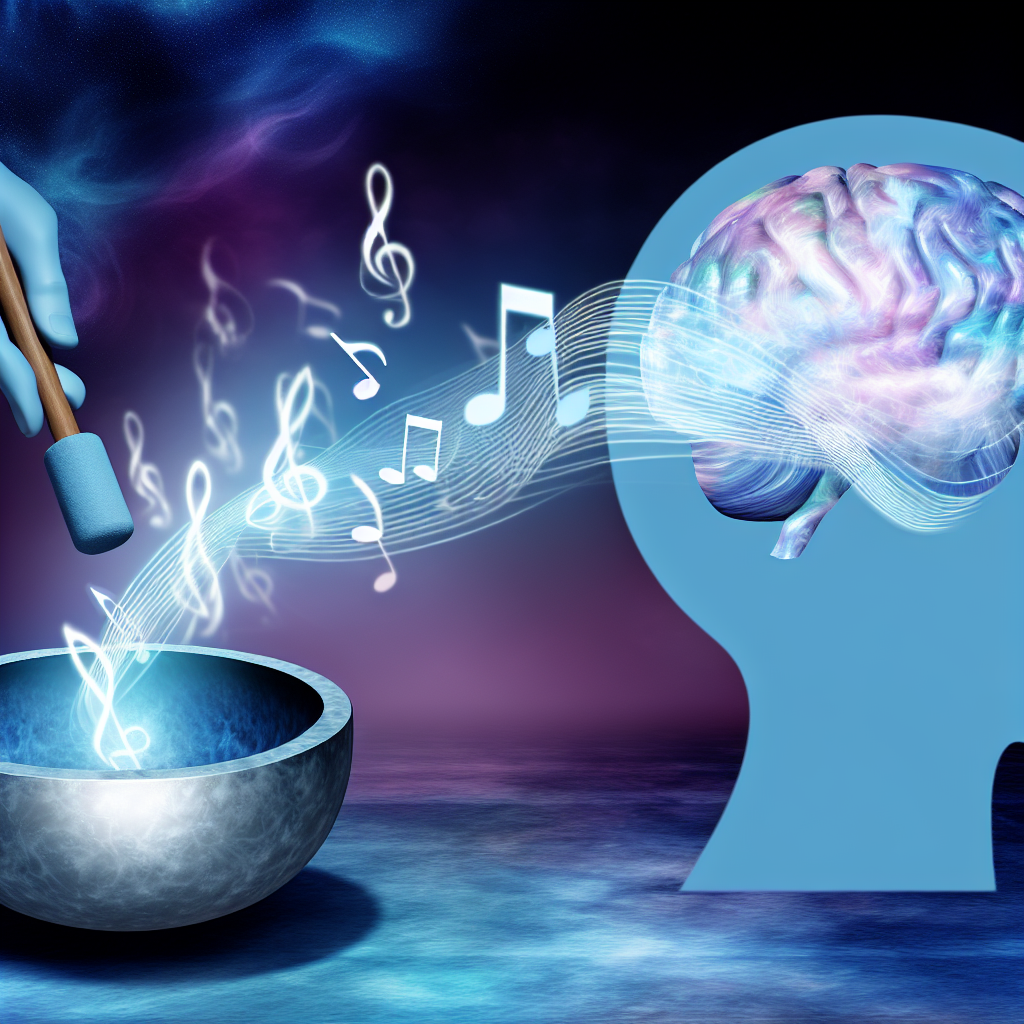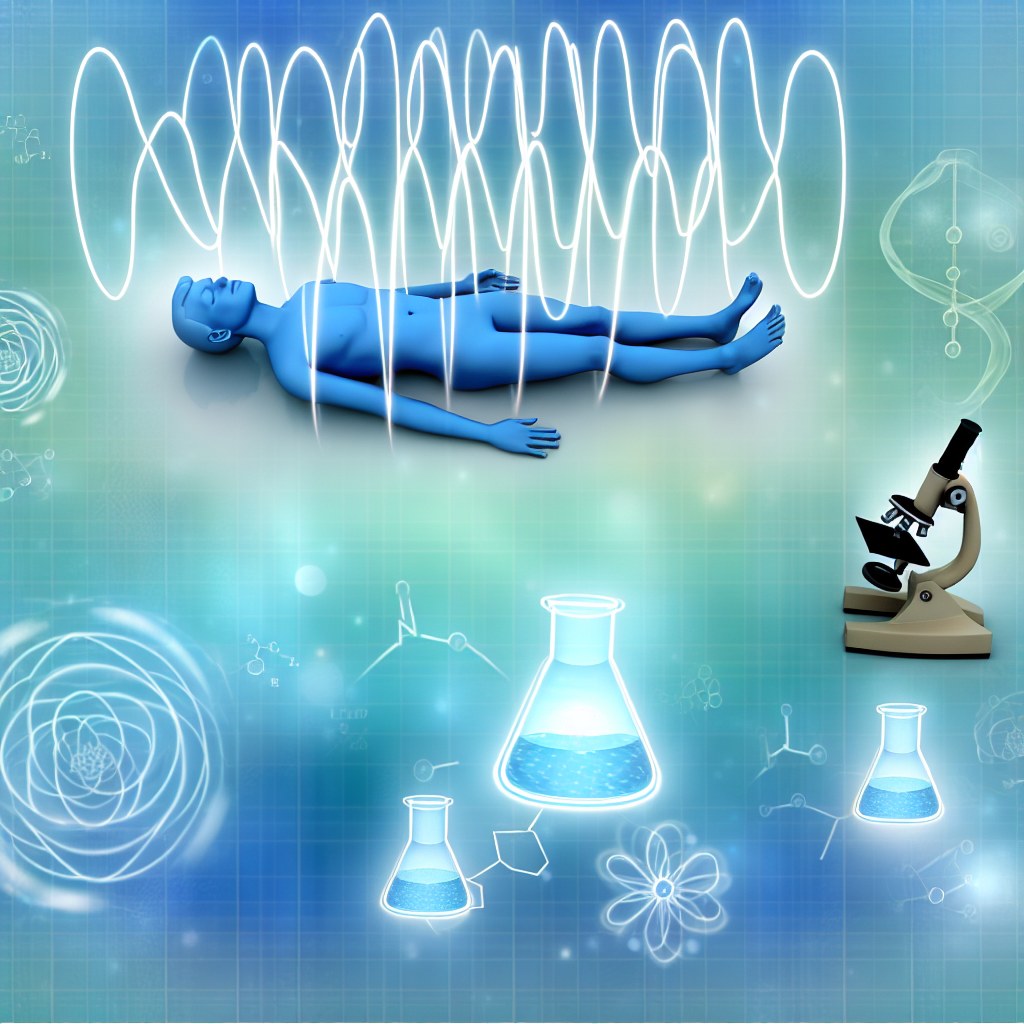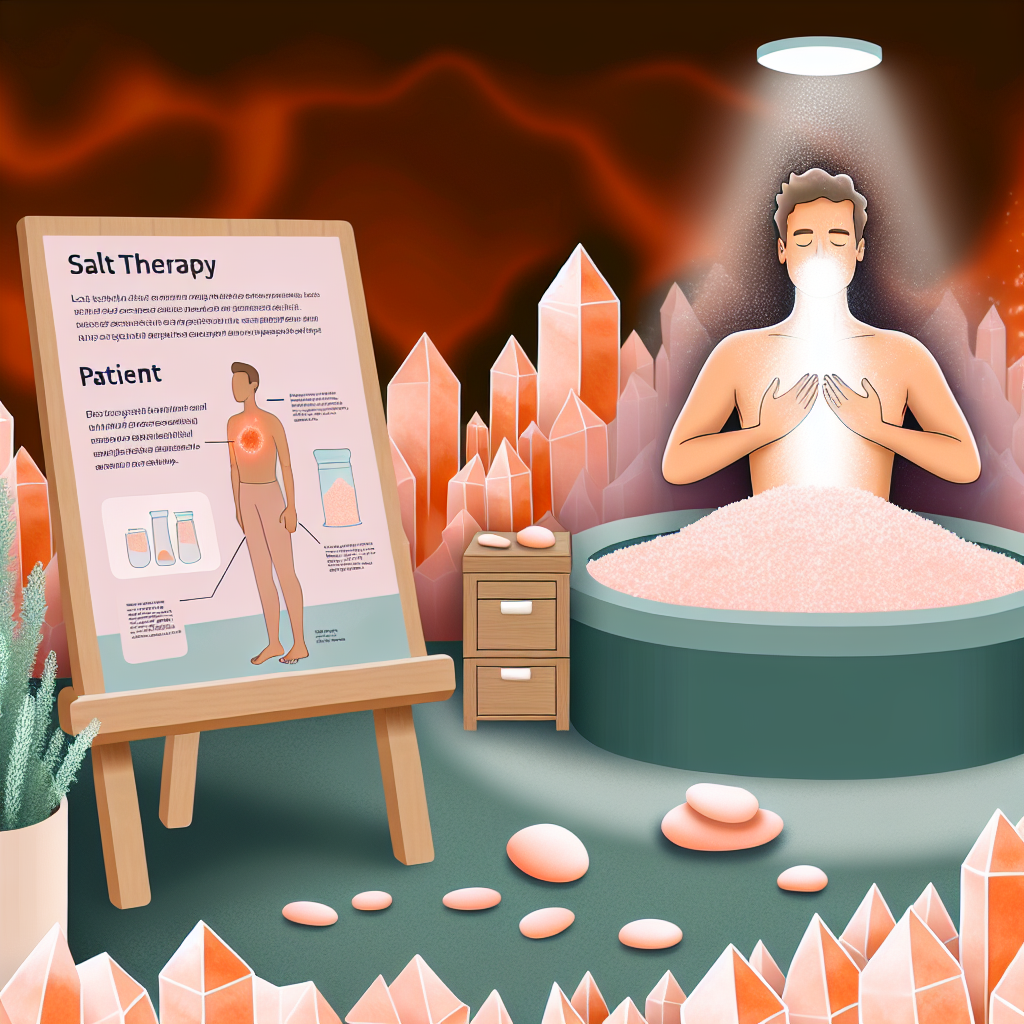Sound Healing Therapy: A Neurological Research Review
Introduction
Sound healing therapy is an ancient practice that has gained significant attention in modern neurological research. This therapeutic modality utilizes different sound frequencies and vibrations to promote emotional well-being, cognitive function, and physical healing. Recent breakthroughs in neuroscience and sound studies have demonstrated how sound therapy can enhance neuroplasticity, improve cognition, and regulate emotions by influencing brain wave activity and stimulating the nervous system.
One of the most intriguing applications of sound healing therapy lies in its ability to synchronize brain wave patterns. Research shows that sound vibrations, particularly binaural beats and harmonic tones, can guide the brain into specific states, such as deep relaxation, focus, or meditative awareness. This phenomenon—known as brain entrainment—has potential benefits for individuals suffering from neurological disorders like anxiety, depression, post-traumatic stress disorder (PTSD), and even neurodegenerative diseases.
Scientific Research on Sound Healing Therapy: What Studies Are Revealing
Recent scientific studies have begun to validate the effectiveness of sound healing therapy in improving neurological and psychological well-being. Neuroscientists and healthcare professionals are increasingly exploring the power of sound vibrations on cognitive function, neuroplasticity, and overall brain health.
Binaural Beats and Brain Function
A study published in Frontiers in Human Neuroscience (2017) examined the effects of binaural beats on brain function. Researchers found that exposure to binaural beats at specific frequencies (such as alpha and theta waves) induced relaxation, improved mood, and enhanced cognitive performance. By synchronizing neural oscillations, binaural beats facilitate a meditative state, which has been linked to decreased anxiety and improved focus.
Vibroacoustic Therapy and Neurological Rehabilitation
Another comprehensive review published in Brain Sciences (2020) highlighted the potential of vibroacoustic therapy (VAT) in neurological rehabilitation. VAT involves the use of low-frequency sound waves applied directly to the body through sound-emitting devices. The study found that this therapy positively influenced individuals with Parkinson’s disease, showing improvements in motor function and a reduction in tremors. The researchers attributed these effects to sound vibrations activating mechanoreceptors in the body, which, in turn, improved sensory-motor coordination.
Tibetan Singing Bowls and Stress Reduction
A study from Journal of Evidence-Based Integrative Medicine (2016) explored the impact of Tibetan singing bowls on stress and mood. The findings indicated that participants who received a sound healing session with singing bowls experienced a significant reduction in tension, anger, and fatigue. The study concluded that harmonic vibrations created by the bowls helped reduce physiological markers of stress, making it a promising tool for mental well-being.
Drumming Therapy for PTSD Relief
In addition to mood regulation, sound healing therapy has shown promising results in the treatment of PTSD. A clinical trial published in Military Medicine (2018) evaluated the impact of rhythmic drumming therapy on veterans with PTSD. The results demonstrated that drumming significantly lowered the severity of PTSD symptoms, suggesting that sound rhythm can improve emotional processing and trauma recovery.
Vagus Nerve Stimulation Through Sound Therapy
Furthermore, vagus nerve stimulation (VNS) through sound therapy has become an area of great interest in neurological science. VNS is crucial for autonomic nervous system regulation and plays a role in reducing inflammation, stress, and symptoms of chronic pain. Some studies indicate that exposure to low-frequency sound vibrations can enhance vagal tone, promoting relaxation and resilience against stress-related disorders.
Conclusion: The Future of Sound Healing Therapy in Neurology and Wellness
The integration of sound healing therapy within the field of neuroscience and holistic wellness marks an exciting frontier in natural medicine. As growing research continues to uncover the profound effects of sound frequencies on brain function, emotional health, and neurological disorders, more individuals are embracing sound therapy as a complementary treatment for stress, anxiety, PTSD, chronic pain, and neurodegenerative conditions.
The ability of sound to entrain brain waves, stimulate neuroplasticity, and engage the parasympathetic nervous system offers significant healing potential. With the increasing prevalence of stress-related illnesses, non-invasive healing modalities such as sound therapy present promising, drug-free alternatives for neurological and emotional well-being. As more clinical research validates its efficacy, sound healing therapy is likely to play an essential role in the future of integrative medicine.
**Summary:**
Sound healing therapy is a promising therapeutic modality that utilizes sound frequencies and vibrations to promote neurological and psychological well-being. Recent research has demonstrated the ability of sound therapy to synchronize brain waves, enhance neuroplasticity, and regulate the autonomic nervous system. Studies have found that techniques like binaural beats, vibroacoustic therapy, and Tibetan singing bowls can induce relaxation, improve cognitive function, and alleviate symptoms of conditions like anxiety, depression, PTSD, and Parkinson’s disease. As the scientific community continues to explore the neurological implications of sound healing, this ancient practice is emerging as a powerful, non-invasive approach to holistic health and wellness.
**References:**
– [Chaieb, L., Wilpert, E. C., Reber, T. P., & Fell, J. (2017). Auditory beat stimulation and its effects on cognition and mood states. *Frontiers in Human Neuroscience*, 11, 441.](https://www.frontiersin.org/articles/10.3389/fnhum.2017.00441/full)
– [King, F., Snowdon, N., & Silverman, M. (2020). Vibroacoustic therapy for neurological disorders: A systematic review. *Brain Sciences, 10*(2), 99.](https://www.mdpi.com/2076-3425/10/2/99)
– [Goldsby, T. L., Goldsby, M. E., McWalters, M., & Mills, P. J. (2016). Effects of singing bowl sound meditation on mood, tension, and well-being. *Journal of Evidence-Based Integrative Medicine, 21*(4), NP52-NP58.](https://journals.sagepub.com/doi/full/10.1177/2156587216654613)
– [Bensimon, M., Amir, D., & Wolf, Y. (2018). Drumming through trauma: Music therapy with veterans diagnosed with PTSD. *Military Medicine, 183*(3-4), e101-e106.](https://academic.oup.com/milmed/article/183/3-4/e101/4959826)
– [Bretherton, B., Atkinson, L., McFadden, M., & Lickliter, R. (2019). Sound therapy and vagus nerve stimulation: A review of current research. *Frontiers in Psychology, 10*, 1352.](https://www.frontiersin.org/articles/10.3389/fpsyg.2019.01352/full)

Dominic E. is a passionate filmmaker navigating the exciting intersection of art and science. By day, he delves into the complexities of the human body as a full-time medical writer, meticulously translating intricate medical concepts into accessible and engaging narratives. By night, he explores the boundless realm of cinematic storytelling, crafting narratives that evoke emotion and challenge perspectives.
Film Student and Full-time Medical Writer for ContentVendor.com




